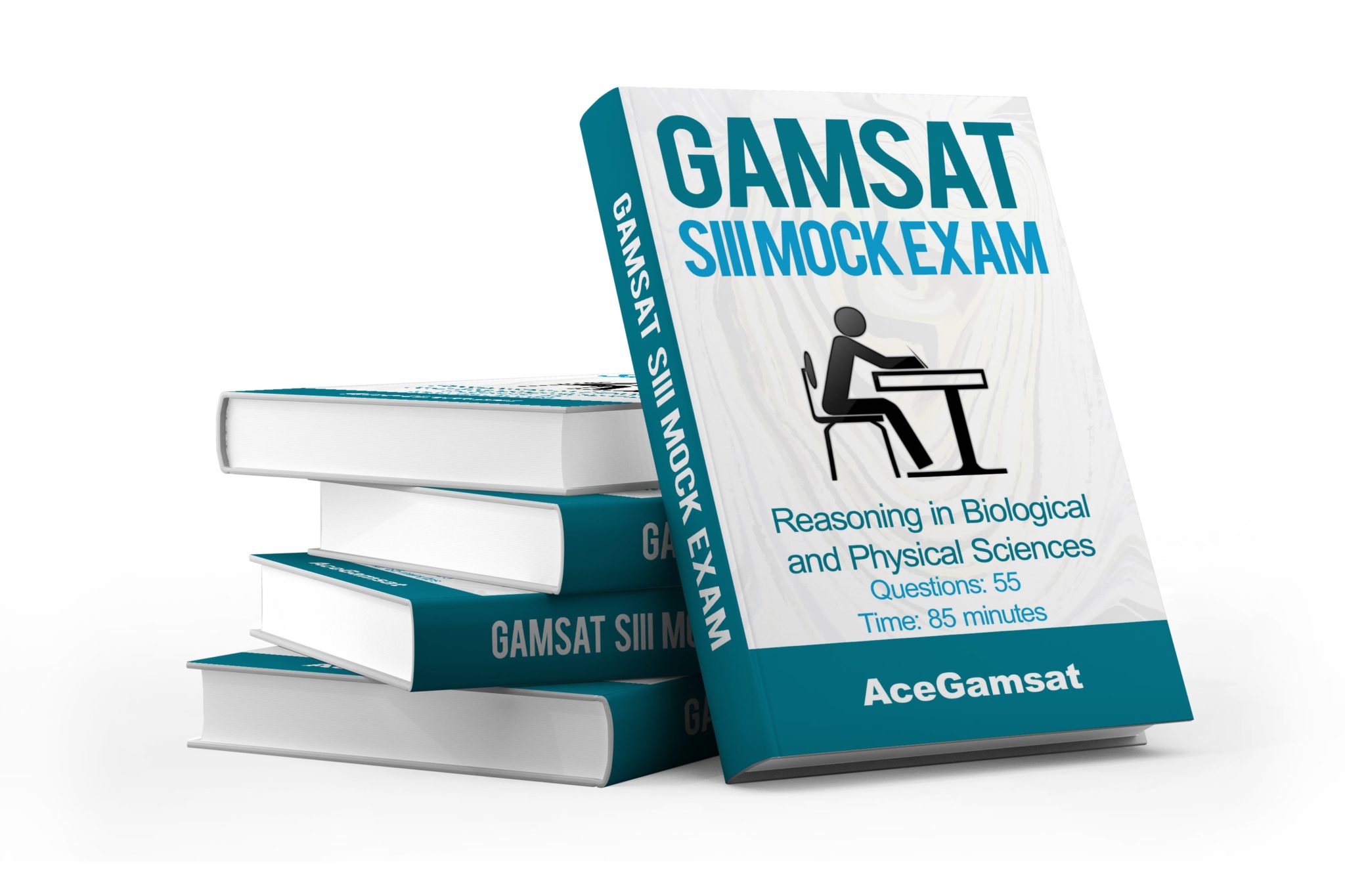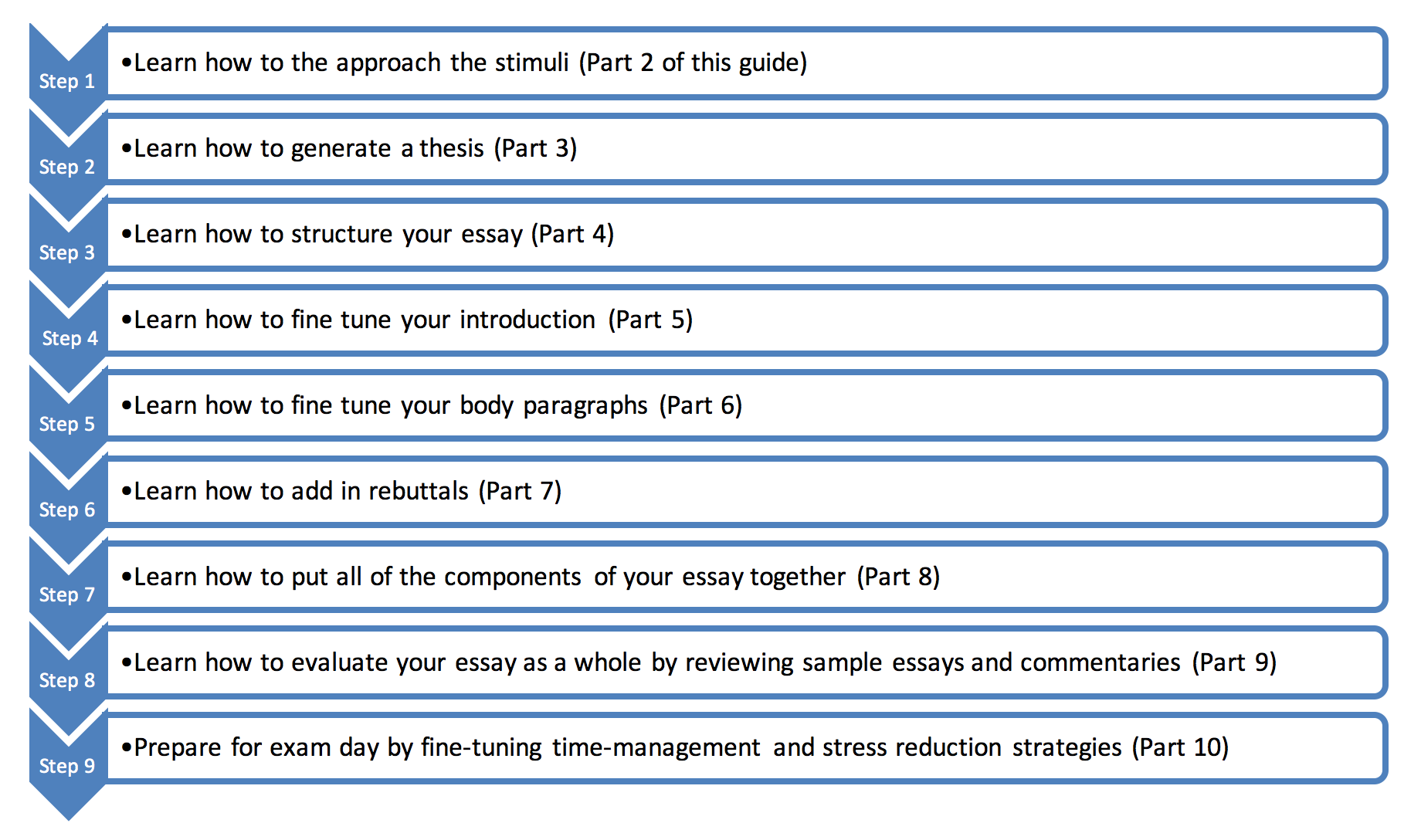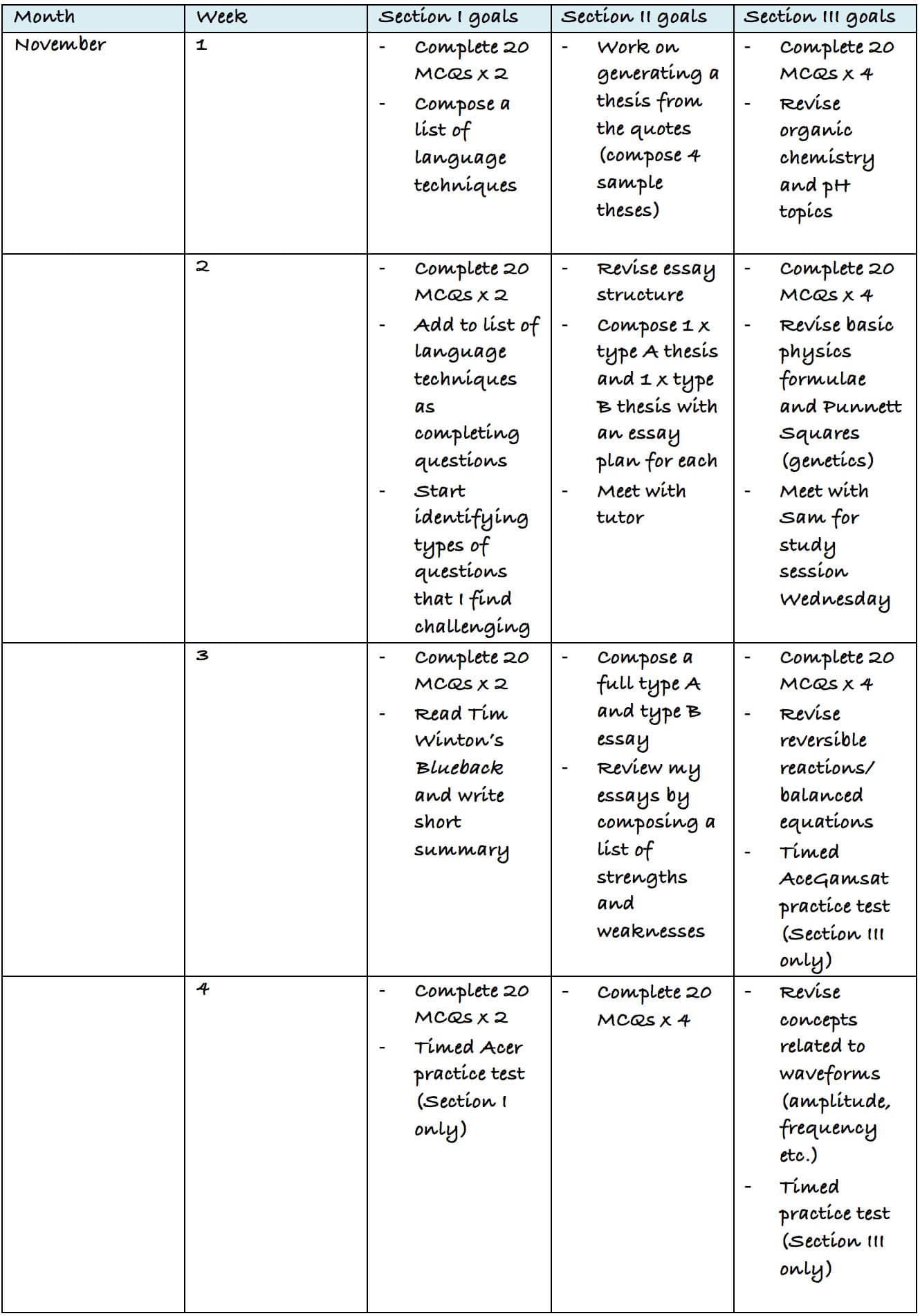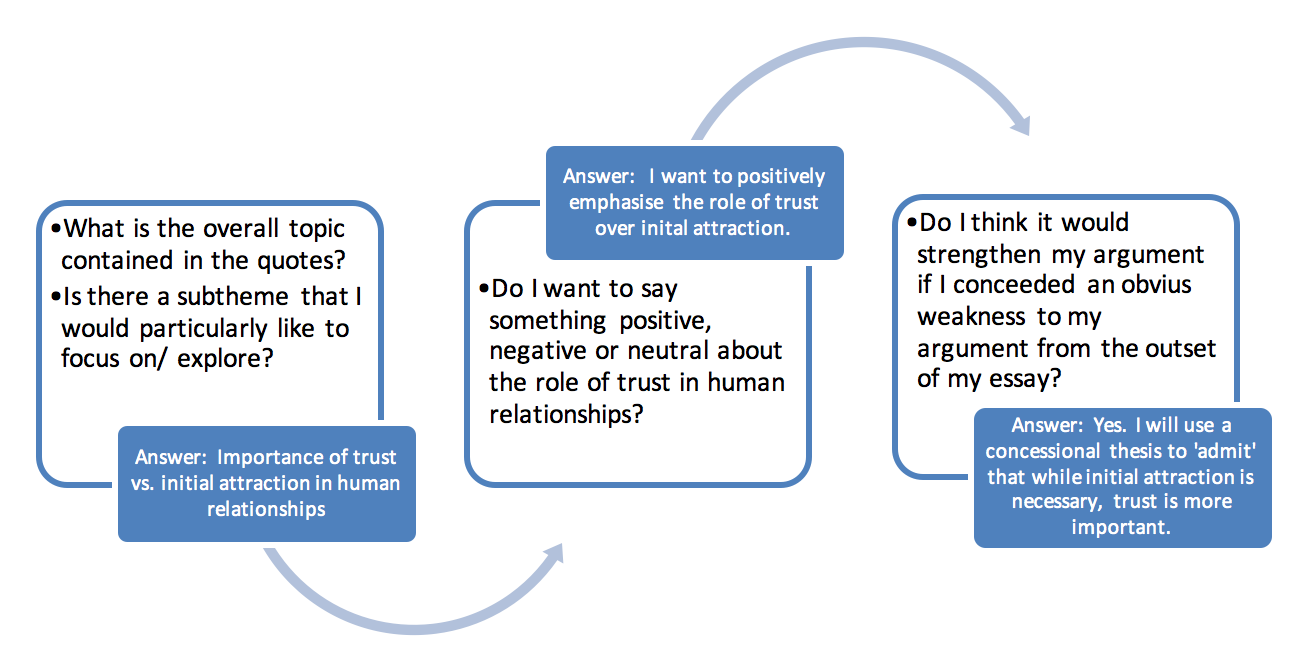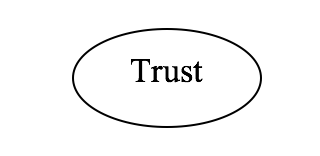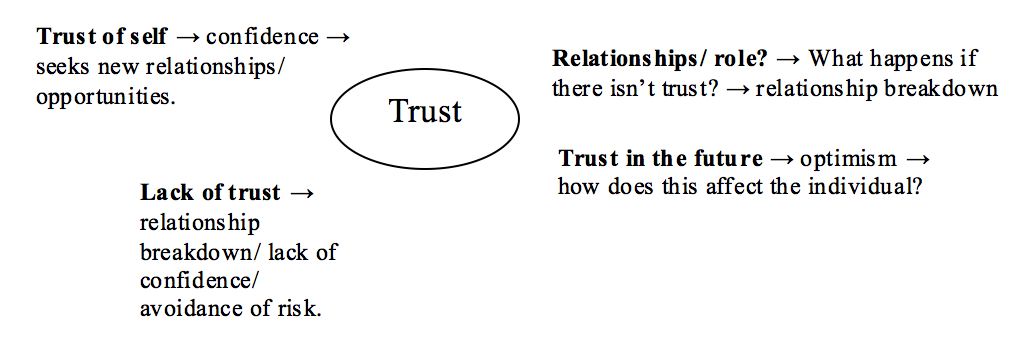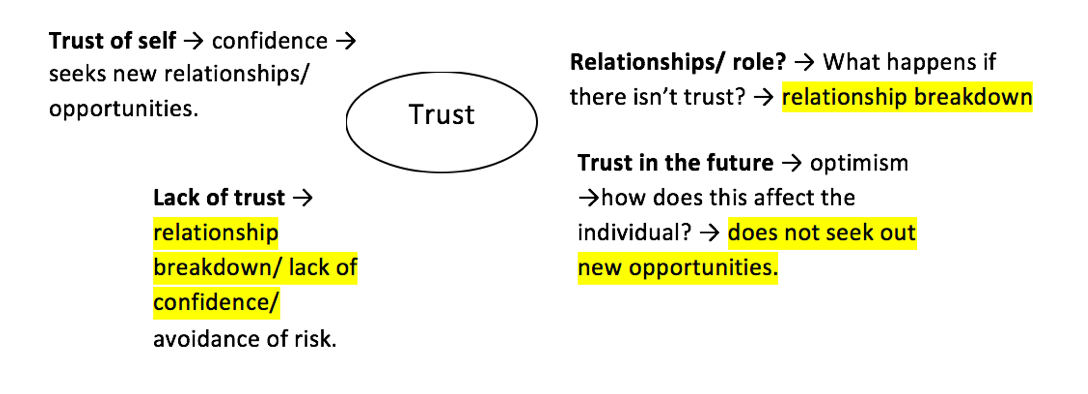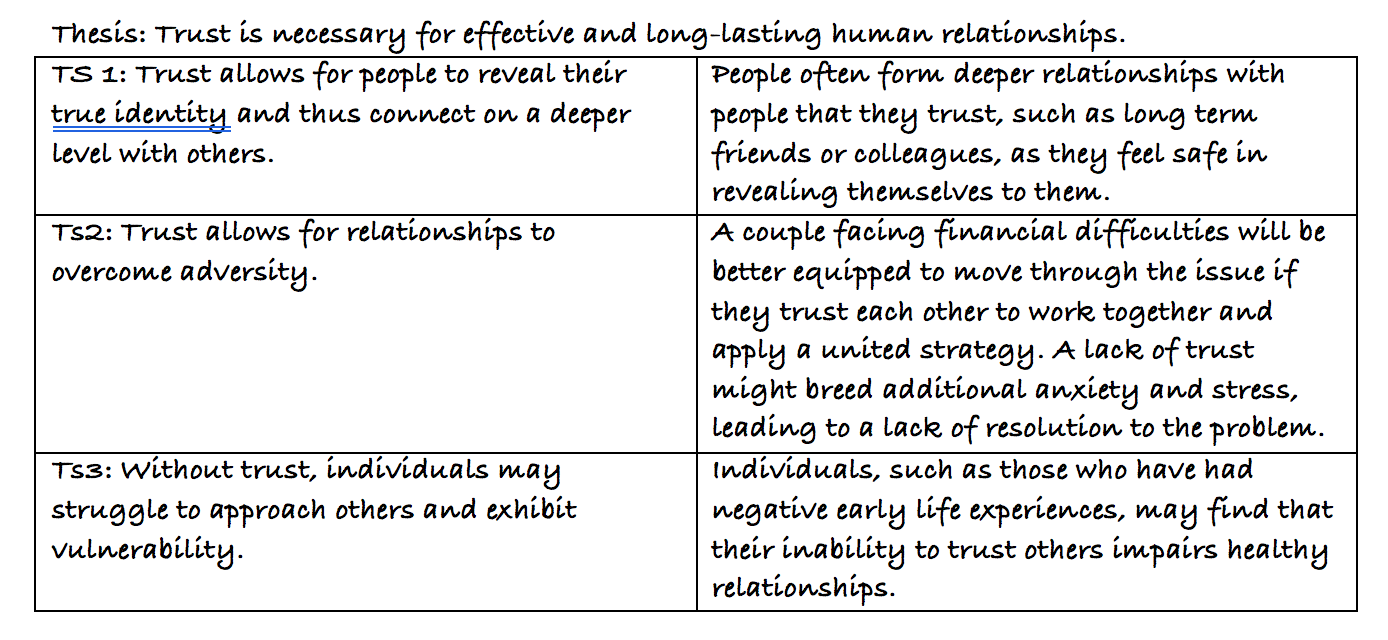Study For GAMSAT In A Month
Study for GAMSAT In A Month
From: AceGAMSAT
Re: Study for GAMSAT in a month
Are you looking to find out the best way to study for GAMSAT in a month? With the GAMSAT exam just around the corner, many of you may be endlessly questioning yourself, “Do I still have time to study for the GAMSAT?”
The answer definitely YES! One month is still a long time and you can still make it… Anything is possible! You just need the right mental conditioning, attitude, work ethic, and advice. To help you get through the GAMSAT here are a few tips that will help you maximise your time and boost your GAMSAT exam performance:
Before we begin, feel free to grab your free copy of our GAMSAT Essay Study Guide.
Study For GAMSAT In A Month
6 Tips For Success!
Study for GAMSAT in A Month – Tip 1
Study smarter, not harder
Create an efficient study plan. Grab a calendar and list down all of the topics that you need to study. Now, assign a specific time and date for each of the topics.
I understand that each of us may have a different style of studying. One may allot one whole week for each of the three sections then answer the practice papers for the final week while the other may simply allocate 8 hours for each section in one whole day. Just remember that you have to give yourself at least a five-minute break in between your studying sessions (whether that may be stretching, taking a short walk, phoning a friend, listening to music or taking a nap). These breaks can increase your focus and help you retain the information that you learned.
Are you wondering what score you need for the GAMSAT? Click here to find out the Minimum Scores Needed For GAMSAT.
Study for GAMSAT in A Month – Tip 2
Create a perfect study place
Find an organised and quiet corner of your house or apartment and clear that place from distractions. The television or playstation must be out of your sight. Keep your cell phone out of reach / on airplane mode. Get rid of all the distractions. I know it’s super hard but success requires sacrifice. And sadly, this situation isn’t an exception.
Study for GAMSAT in A Month – Tip 3
Hitting two birds with one stone
If you feel like taking a long break, you can use this time to do your hobby and at the same time, learn something! You can watch film adaptations of classical books, like The Great Gatsby, Jane Eyre and Les Miserables. If you feel like reading, grab a magazine/newspaper which features the latest political issues in the world. If you feel like listening to music, use that time to clear your mind and meditate.
Check out our GAMSAT Recommended Reading List now!
Study for GAMSAT in A Month – Tip 4
Flowcharts and diagrams
If you’re struggling with understanding a particular process in which a certain book is describing to you in detail, you can try making flowcharts and diagrams. In this way, you can show yourself what happens at each stage and how this will affect the outcomes. This is particularly helpful with science content in Section 3.
Study for GAMSAT in A Month – Tip 5
Practice Sample GAMSAT exam papers
Get to know your new lifesaver! Practising through sample GAMSAT exam papers is one of the most efficient ways of preparing for the actual sitting. You can also replicate the type of pressure you’ll be in by answering the exam papers with a stopwatch. Doing this at least three or four times a week can help you get rid of your anxiety and mentally prepare for the exam. We recommend to practice as many GAMSAT sample questions as possible!
Study for GAMSAT in A Month – Tip 6
Take care of your health
Yes, that’s right. All of the above tips that teach you how to study in GAMSAT in a month, will be all for nothing if you don’t take care of your health.
Even through your busy study schedule, you must always find the time to eat healthy and nutritious foods. Plenty of fruits and vegetables are highly recommended.
Note: Do not forget to check out more of our blog posts that can provide more tips and strategies to help you study for GAMSAT in a month.
In a final note: Don’t forget to get your free GAMSAT test before you go!
Also, feel free to check out our comprehensive range of GAMSAT Prep Courses and Books.







